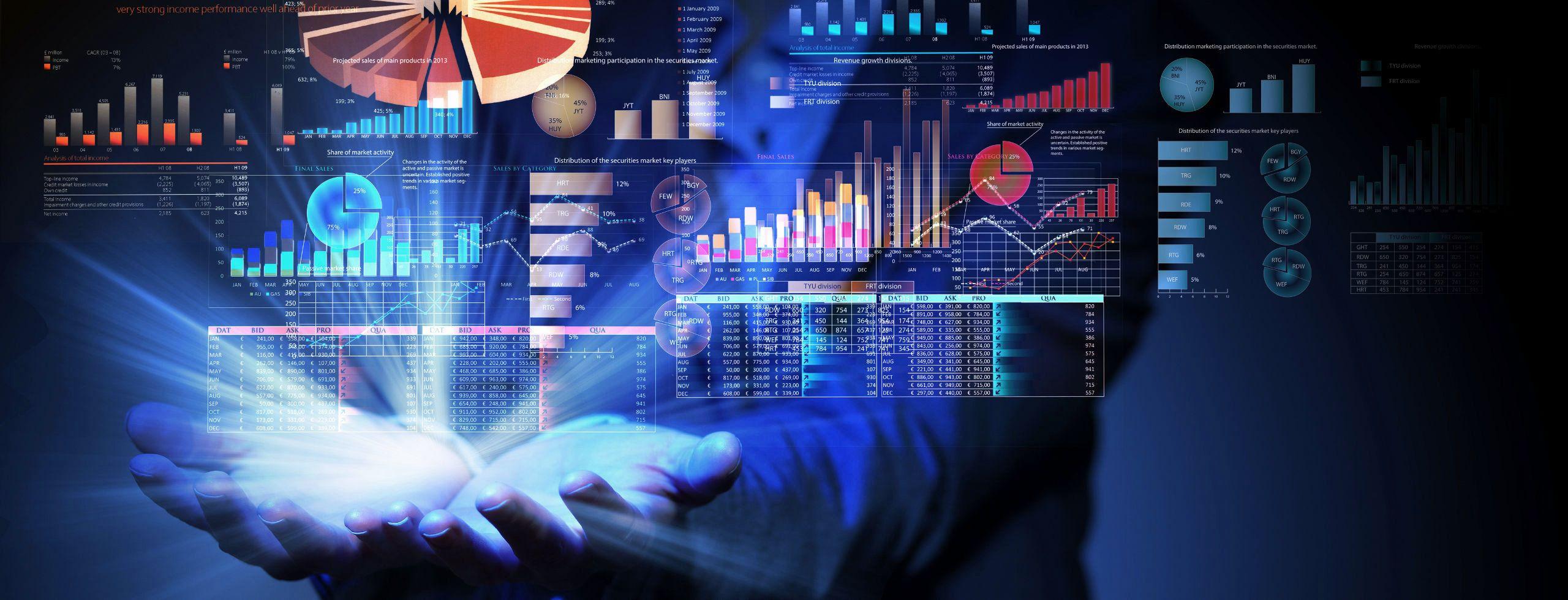
In the realm of modern business and research, the art of data analysis holds a position of undeniable importance. By harnessing the power of data, organizations can uncover valuable insights, make informed decisions, and drive strategic growth. Whether analyzing customer behavior patterns, examining market trends, or fine-tuning operational processes, data analysis serves as the cornerstone of informed decision-making in today’s data-driven world.
Data analysis goes beyond mere number-crunching; it is a nuanced craft that requires a blend of technical prowess, critical thinking, and creativity. From structuring data sets to identifying correlations and outliers, data analysts play a crucial role in transforming raw data into meaningful information. With the rise of big data and advanced analytics tools, the field of data analysis continues to evolve, offering new possibilities for organizations to gain a competitive edge and steer their operations towards success.
Understanding Data
Data analysis is a crucial process that involves examining, cleaning, transforming, and modeling data to uncover useful information, inform conclusions, and support decision-making. It allows us to extract valuable insights from the vast amounts of data generated in various fields today.
In the realm of data analysis, one of the first steps is understanding the nature of the data being worked with. This includes recognizing the types of data involved, such as quantitative or qualitative, structured or unstructured, and the sources from which it is obtained.
Furthermore, understanding data requires a keen eye for patterns, trends, and anomalies. By exploring the relationships within the data, analysts can gain a deeper understanding of the underlying factors at play and derive meaningful conclusions that can drive informed actions.
Techniques of Analysis
In the realm of data analysis, various techniques are employed to uncover valuable insights from raw data. One fundamental approach is descriptive analysis, which involves summarizing and presenting data in a meaningful way. This technique allows analysts to gain a clear understanding of the dataset’s basic characteristics and patterns.
Moving beyond descriptive analysis, another crucial technique is diagnostic analysis. This method focuses on exploring relationships within the data to understand the root causes of certain trends or outcomes. By identifying correlations and dependencies, analysts can pinpoint factors that influence the observed patterns, enabling deeper insights into the underlying dynamics.
Furthermore, predictive analysis plays a key role in harnessing the power of data to make informed forecasts and projections. Through the use of statistical models and machine learning algorithms, analysts can predict future trends and outcomes based on historical data patterns. This technique empowers decision-makers to anticipate potential scenarios and take proactive measures to optimize results.
Interpreting Results
After conducting thorough data analysis, the next crucial step is interpreting the results to draw meaningful conclusions. It is essential to delve deep into the patterns and trends uncovered during the analysis process. By carefully examining these insights, researchers can uncover hidden correlations and make informed decisions based on the data.
Furthermore, interpreting results involves not only understanding what the data is conveying but also identifying any potential limitations or biases. It is important to critically evaluate the findings and consider external factors that may have influenced the results. This level of scrutiny helps ensure the accuracy and reliability of the conclusions drawn from the data analysis.
In addition, effective interpretation of results requires clear communication of findings to stakeholders. Presenting the insights in a clear and concise manner enables decision-makers to grasp the implications and take appropriate actions based on the analysis. By effectively conveying the significance of the data, researchers can empower others to leverage the insights for strategic decision-making.
